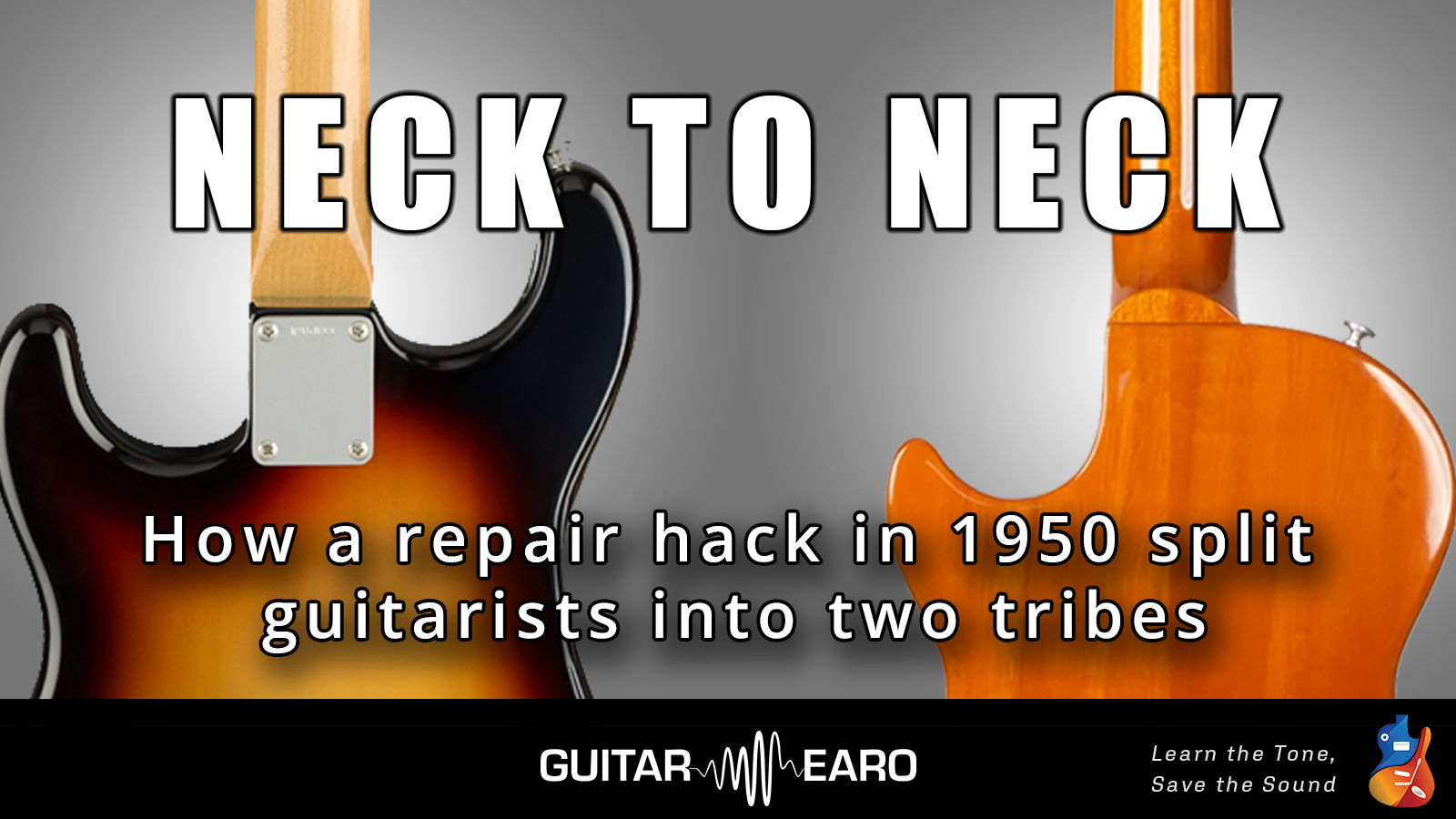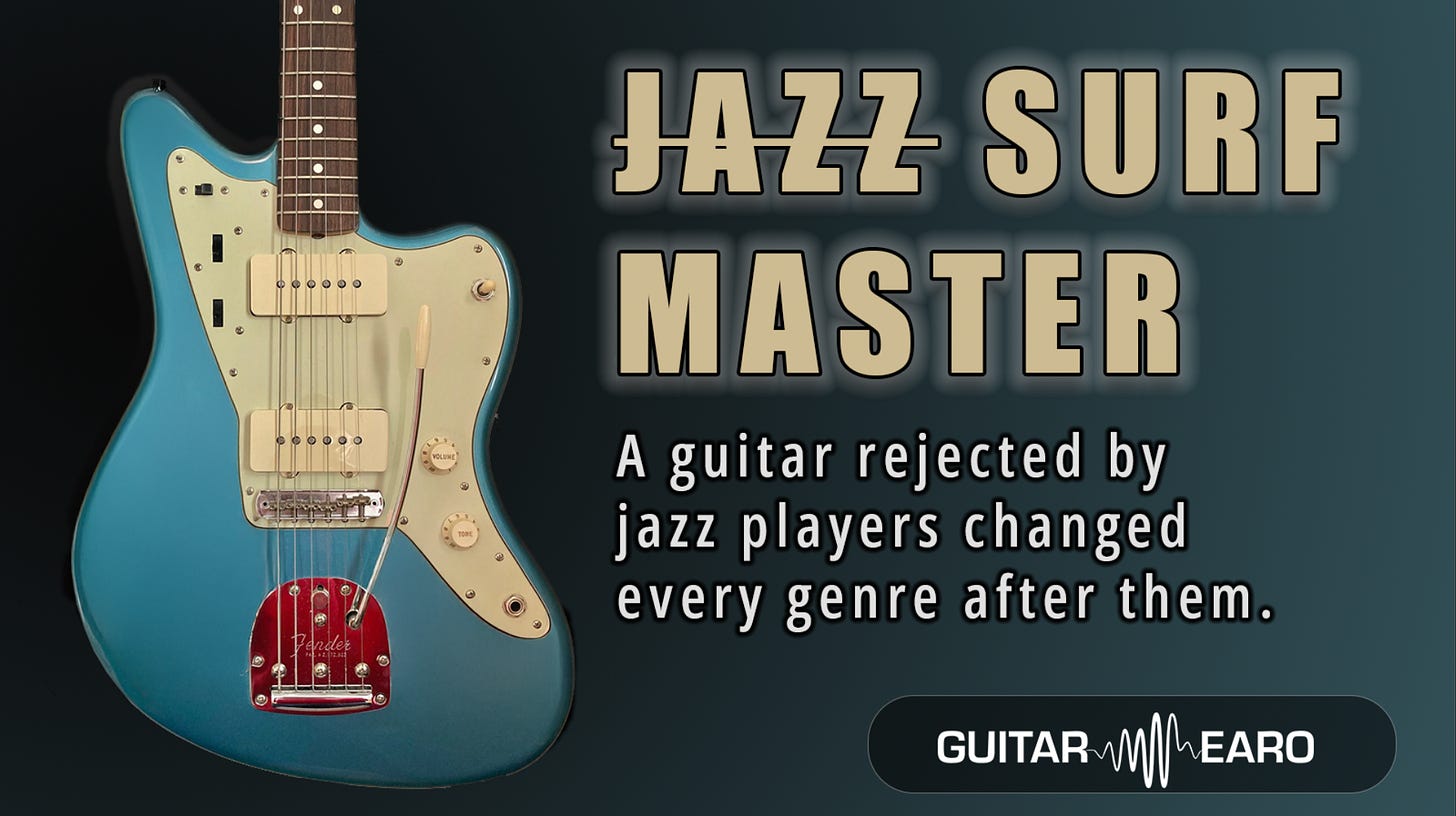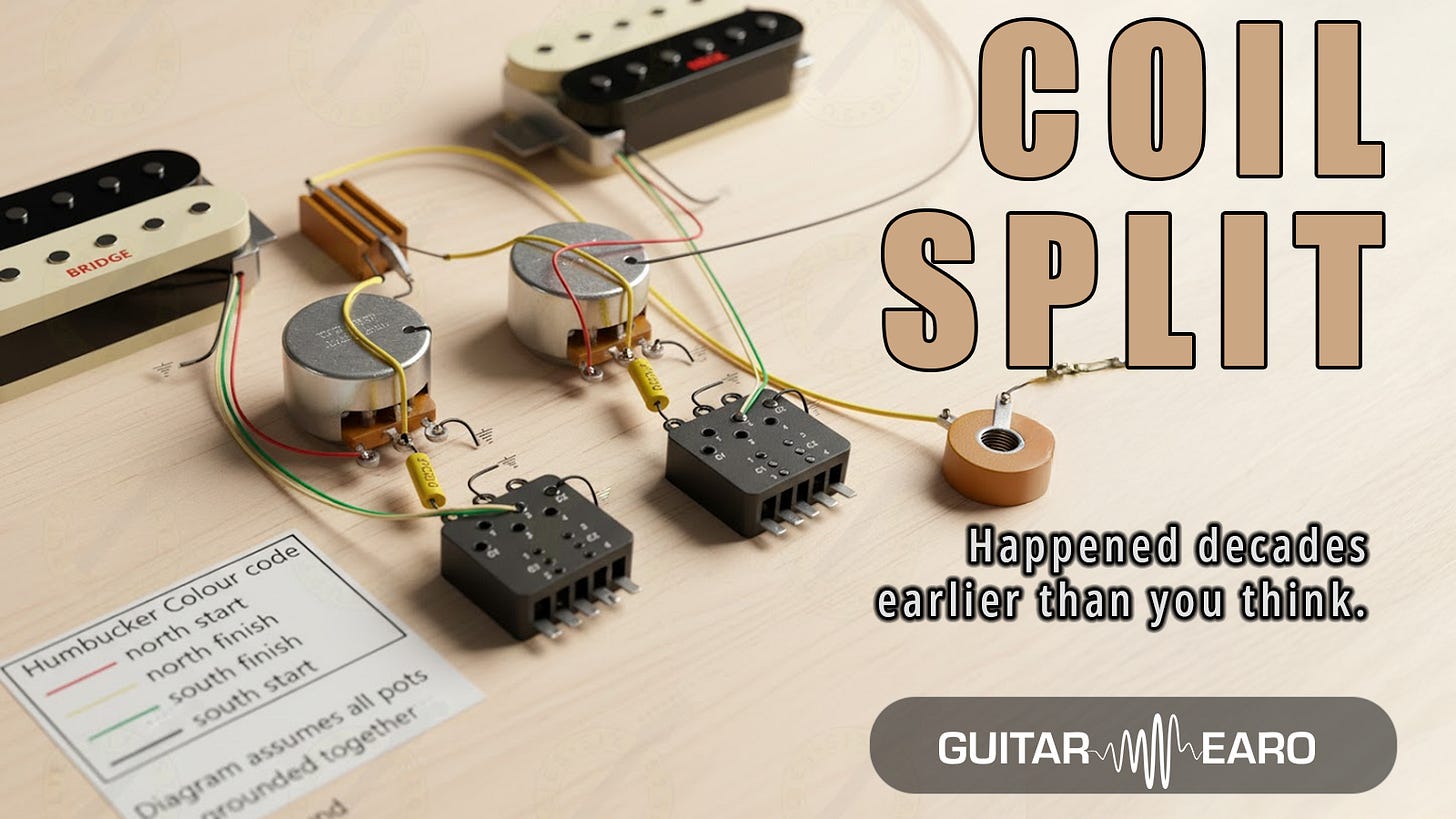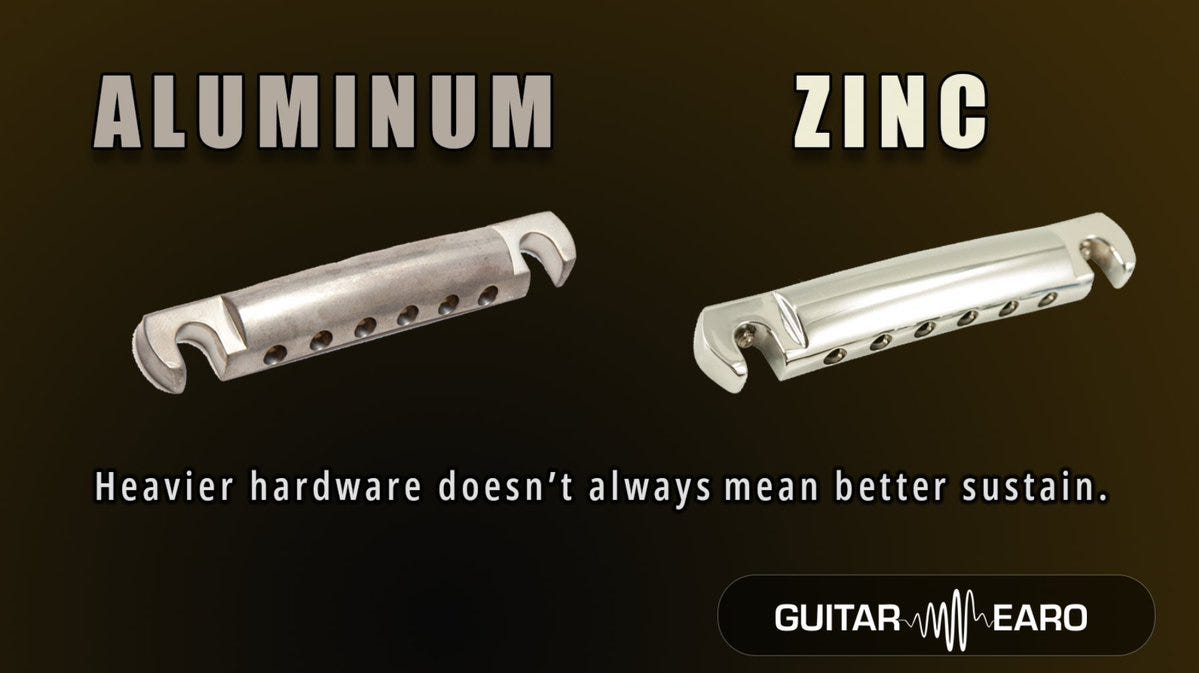The electric guitar is an object of contradictions. It’s mass-produced yet deeply personal, industrial yet cultural, simple in its construction yet endlessly debated. And perhaps no debate has lasted longer or sparked more tribal loyalty than the question of bolt-on vs set-neck construction.
This rivalry began not in pursuit of tone, but in pursuit of practicality.
Leo Fender’s Shortcut
When Leo Fender unveiled the Broadcaster in 1950 (soon renamed the Telecaster), his innovation wasn’t glamorous. It wasn’t a new pickup or a breakthrough in electronics. It was a production hack: a bolt-on neck.
For a working musician, this was revolutionary. A warped neck, once the death sentence of an instrument, could now be swapped in minutes. No costly luthier work. No weeks without your guitar. Just four screws. Fender, an accountant-turned-radio repairman, was thinking like an engineer, not a luthier .
But physics doesn’t care about intentions. A neck bolted to a pocket vibrates differently than one glued flush into the body. And musicians noticed.
The Gibson Response
At Gibson, the reaction was disdain. Ted McCarty, who would soon preside over Gibson’s golden age, recalled seeing Fender’s “screwed-on” necks and scoffing. This broke all the rules of traditional instrument making. To Gibson, with its heritage of violins and archtops, the set-neck was sacrosanct .
Yet Fender’s “shortcut” guitars sold. Gibson had to answer. The result, launched in 1952, was the Les Paul: a carved, glued-neck guitar rooted in tradition, marketed as the professional’s alternative to Leo’s factory-built planks .
Two design philosophies had collided. And by accident or by <a href="can-you-hear-the-difference-strat.html">strat</a>egy, they sounded different.
Tone Split: Spank vs Sustain
Guitarists soon drew battle lines.
Bolt-on (Fender): Sharper attack, brighter “spank,” percussive clarity.
Set-neck (Gibson): Rounder bloom, creamier <a href="do-heavier-guitars-actually-sustain.html">sustain</a>, a sense of resonance.
Tele twang vs Les Paul sustain. The tonal shorthand became cultural shorthand. Fender was “the working man’s guitar”: Volkswagen simplicity.
Gibson was “the Rolls-Royce”: heritage, craft, and weight .
By the mid-1950s, these associations had hardened into identities. Two companies had made two different industrial decisions and accidentally created two sonic cultures.
Myth, Measurement, and the Coke vs Pepsi Problem
Do the neck joints really sound that different? Blind tests suggest the differences are subtle when build quality is equal. A tight bolt-on neck can sustain just as long as a set-neck.
But ask any tone obsessive and you’ll hear poetic certainties: the bolt-on note has a “snappy outline,” the set-neck note a “woodier blur” .
It’s Coke vs Pepsi for guitar nerds. Technically, both quench your thirst. But each has a loyal following who swears they can tell at the first sip.
Why It Still Matters
Seventy-five years later, the debate hasn’t died. PRS famously split the difference, using set-necks but Fender’s scale length, promising “the best of both worlds.” Countless boutique builders still field questions from customers about neck joints, as if one choice guarantees tone nirvana.
In truth, the real lesson is cultural: Leo Fender’s engineering shortcut didn’t just change how guitars were made: it rewrote what players thought guitars should sound like. Tradition vs modularity. Sustain vs snap. Gibson vs Fender .
And that rivalry is as alive in 2025 as it was in 1950.
Takeaway
Bolt-on does not mean cheap. Set-neck does not mean warm. The guitar’s voice is the sum of its parts and the hands that play it. But without Leo’s four bolts and Gibson’s disdain for them, rock history would sound very different.
So: bolt-on or set-neck? Which side are you on?
If you like this thread, subscribe!




